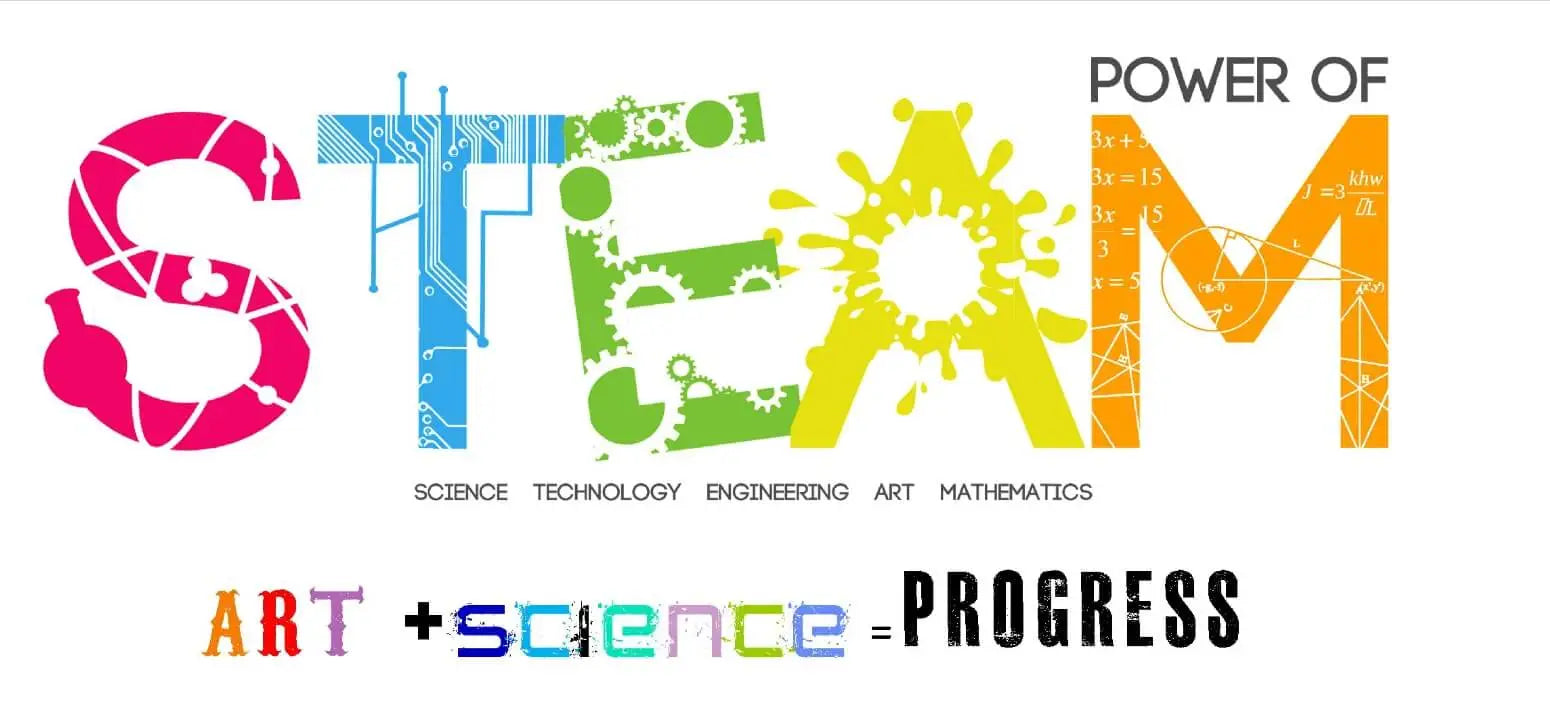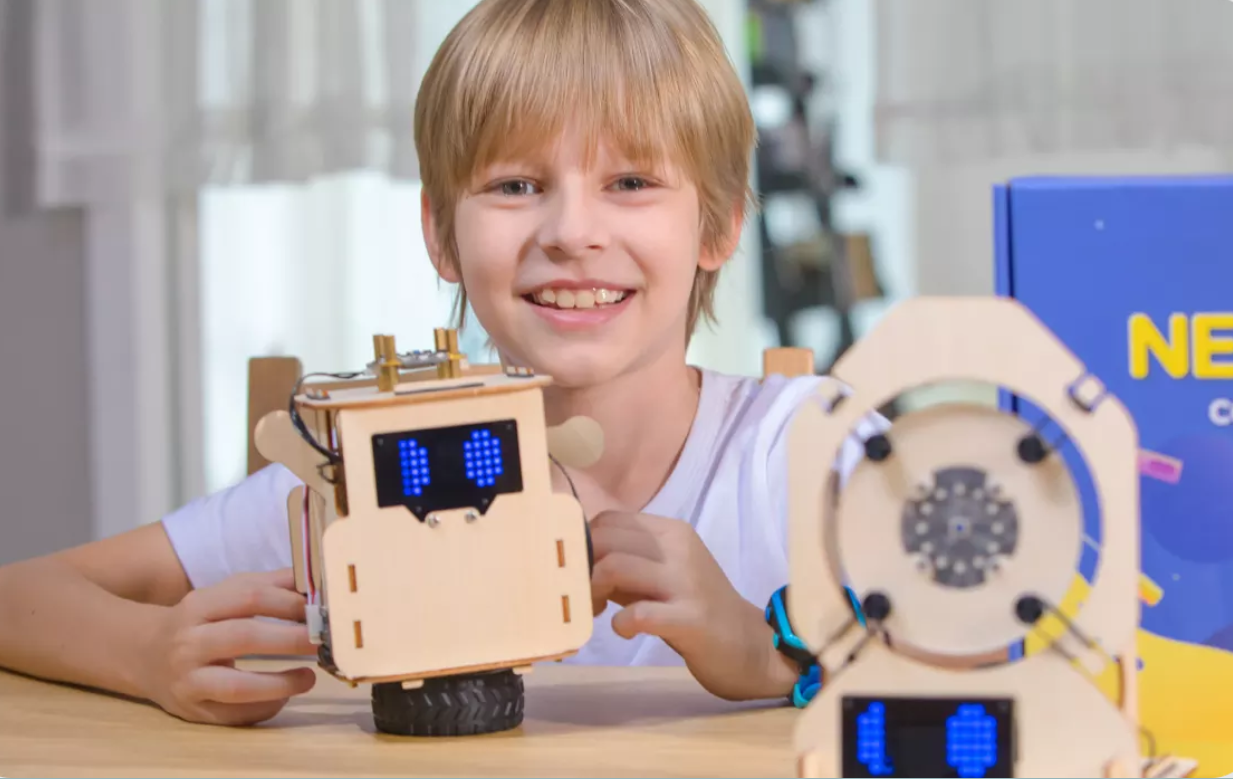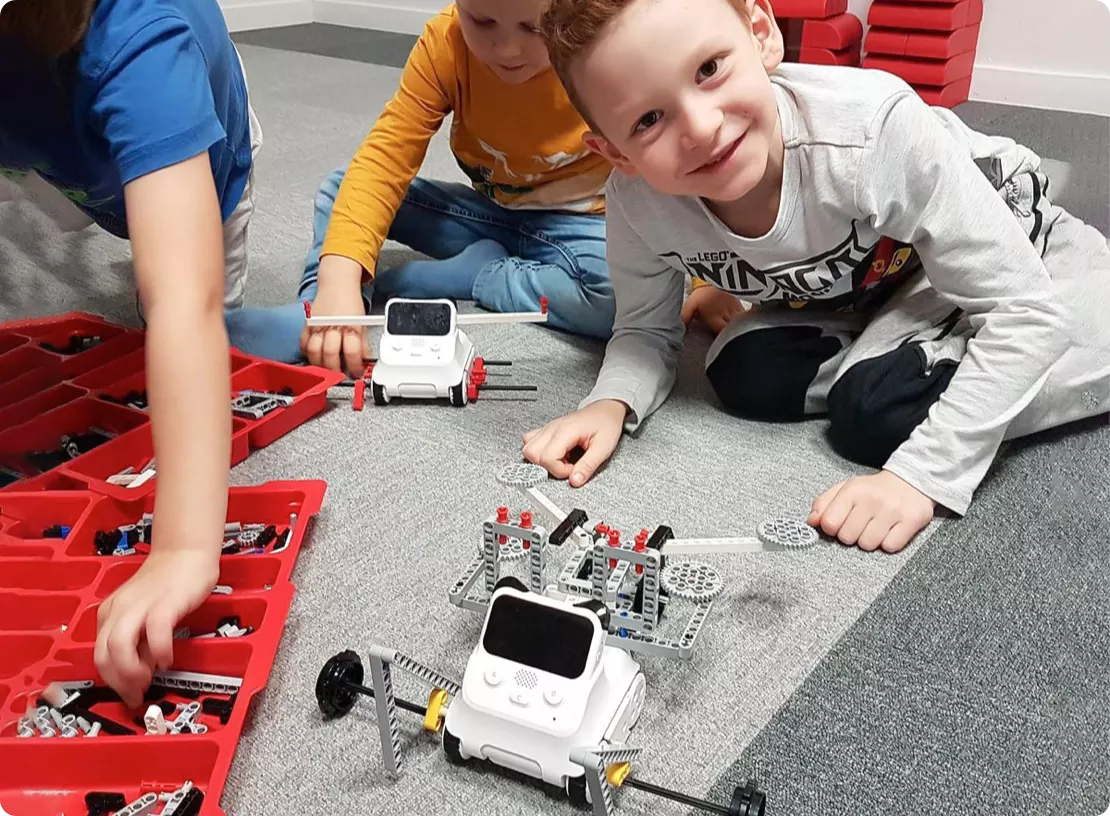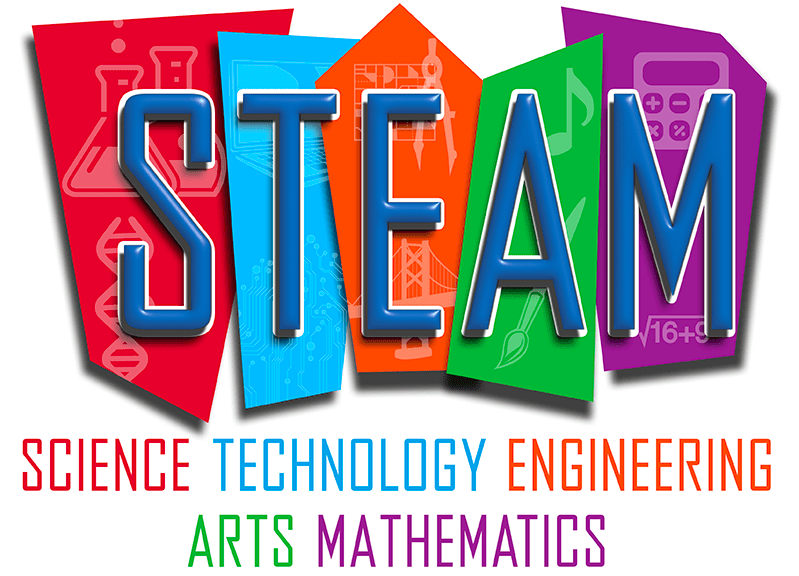Mar 24, 2023 | Makeblock
STEM stands for science, technology, engineering, and math, but we have seen more and more of another similar abbreviation, STEAM. The additional “A” stands for arts and supposedly works in concert with the other fields. Though some critics have expressed concern that concentration in the arts would take away time from STEM subjects, the STEAM movement has worked towards better sparking students’ imagination and consequently has helped them concentrate more on innovation through hands-on STEM projects.
STEM vs. STEAM

The main difference between STEM and STEAM is that STEM symbolizes a modern approach to science and related subjects focusing on solving problems with critical thinking and analytical skills. STEAM education explores the same subjects, but incorporates creative thinking and applied arts into teaching and real situations.
Art is about discovering and creating ingenious ways of problem-solving, integrating principles and presenting information. By adding the elements of art to STEM based thinking, educators believe that students can use both sides of their brain—analytical and creative— to develop the best thinkers of tomorrow.

The “A” is an Integral part of STEM

STEM might be necessary for technological progress but without the arts. It is impossible for students to reach their full potential. Because art subjects give students the freedom to harness the capabilities of STEM subjects.
The “A” in STEAM is a term that represents liberal arts, language arts, social studies, physical arts, fine arts, and music. STEAM education is about applying creative thinking to STEM projects, igniting students’ imagination and creativity through the arts. It also exploring where art naturally fits into the STEM subjects. Studying art subjects contributes to the development of essential skills like collaboration, communication, problem-solving, and critical thinking. It also enhances a student’s flexibility, adaptability, productivity, responsibility, and innovation. All of these skills are required for a successful career in any field of study.
Science and Art Go Hand-in-Hand
Scientists and artists don’t seem to have much in common but if you dig a little deeper you will realize that art and science are not so separate. It is easy to see that science has changed our creative fields by advanced technology but often, artists’ new insights and perspectives that impact scientific progress are eclipse. Nowadays with technology getting faster, smaller, and more complex. The sciences have started to rely on the arts more than ever for solutions and creative ideas.
As a result of the adoption of STEAM in classrooms, new teaching methods have emerged. Teachers can add arts into STEM by applying graphics to projects. They can also using the performing arts to communicate a STEM project. Students can utilize their artistic talents to generate innovative thinking.
As a pioneer in STEAM education industry, Makeblock has already been widely recognized for its advanced concepts and innovative products. It help students get exposure to hands-on learning, challenge them to think critically and creatively, and let them apply essential content knowledge in meaningful ways. We noticed that there is a small challenge to introduce the STEAM and coding to the girls. This is why we designed our robots cute and easy to use, so this is not a issue anymore!
STEAM Educational Robots For Kids
1. Makeblock mBot2 Rover

mBot2 Rover is an engaging educational kit for young learners. With advanced AI, it follows lines, avoids obstacles, and displays emotions through an expressive LED face. The Makeblock app enables kids to program tasks, making coding and robotics fun and interactive. As children explore various projects, their problem-solving and engineering skills grow, turning STEM learning into an exciting adventure. mBot2 Rover is perfect for inspiring curiosity and creativity in kids.
2. Makeblock mTiny

mTiny Robot Kit comes with mTiny robot, coding cards, theme maps, character masks, and a storybook. It is best for preschool-aged children and up. It allows children to play coding games screen-free with the use of a tap pen controller and coding cards to give instructions to mTiny. mTiny then moves and responds to the interactive map. The screen-free operation spares children’s eyes from the harmful effects of blue light emissions to which children are highly susceptible.
3. Makeblock NextMaker

NextMaker Box includes a variety of materials, programmable electronics, project-based learning activities, and an intuitive learning system that would greatly improve children’s competence, creativity, and problem-solving skills. It comes with an online learning system that is child-friendly, interactive, and provides step-by-step procedures so that even children without coding experience could follow.
4. Makeblock Codey Rocky

Codey Rockey AI Robot is suitable for children aged six and up. This AI robot lets children learn both block-based and Python programming that is supported by mBlock 5 software while playing. In one click, children may switch from block-based programming to Python for advanced programming concepts. It also includes games and applications with AI functionalities such as image and voice recognition and deep learning that will give them knowledge of how AI works.




